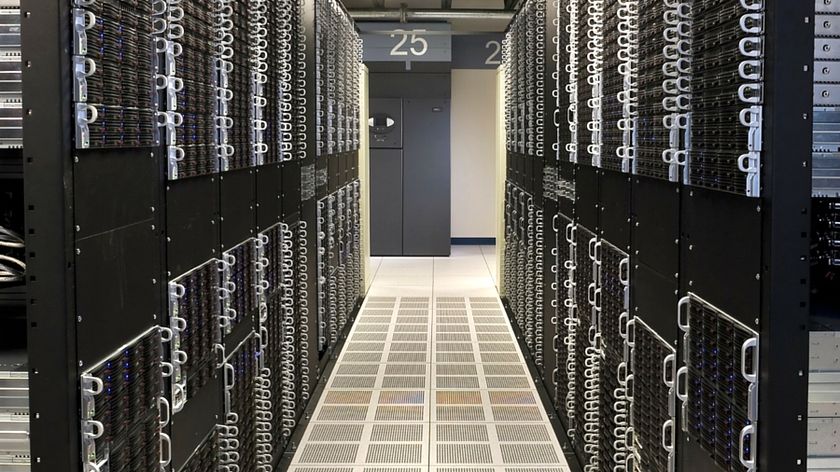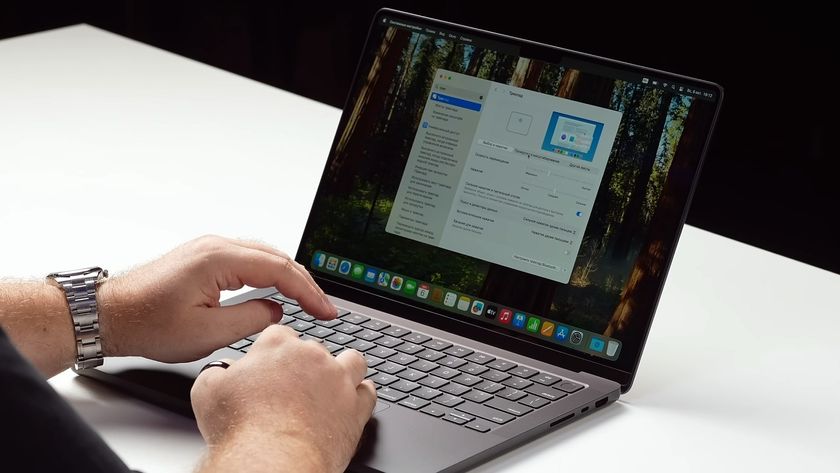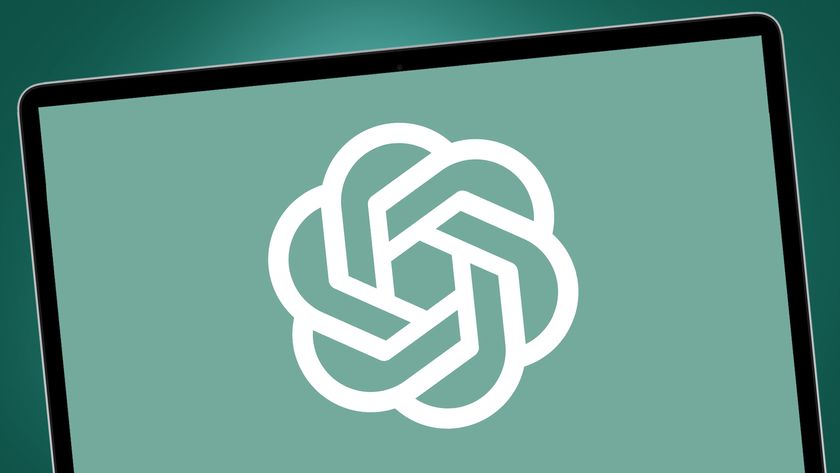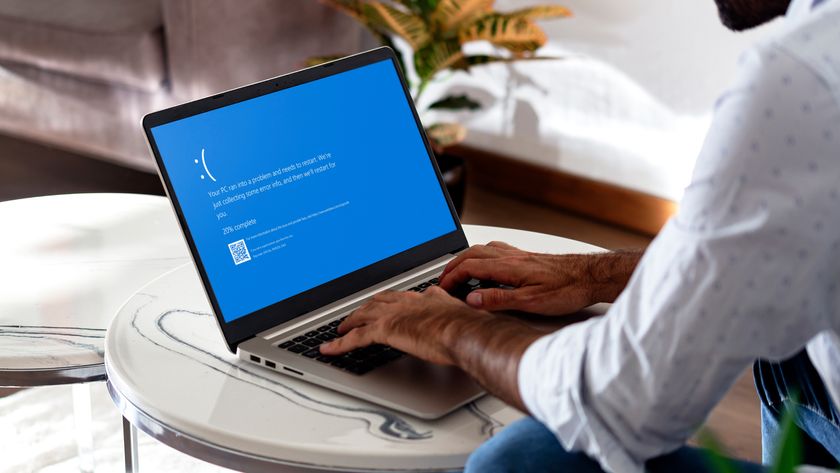Coronavirus became the catalyst for remote working. Here's what to do now
Communication and encouragement for remote working

We’re living in strange times. Many countries are under stay-at-home orders, including most states in the U.S. and in the U.K. Employees are “flattening the curve” by working at home.
That has presented several challenges for employees who have never worked at home or had to do remote work of any kind. It has also created challenges for employers. Questions about how to make sure employees work in a safe and healthy environment, have the tools they need, can stay productive and communicate with one another, and have a good work ethic even with frequent distractions are all rising to the surface.
Fortunately, employers can encourage certain behaviors, switch to specific apps and services, and help employees stay productive during these dark times. These tips are divided into three sections related to health and safety, tools and services, and staying productive. They apply to most business functions, although they are geared for the typical home office worker.
Health and safety
One thing is clear about this new work environment: It took many of us by surprise. Employers who have allowed some telecommuting here and there are now faced with the idea of having an entire workforce that’s remote. That’s a bit easier if you run a company where everyone is on the web all day, not as workable if you make a product, run a service-oriented company, or normally meet in person with customers. While there will be major adjustments in every area for an employer and the employees, the best place to start is with health and safety.
That’s because employers might not know what kind of work environment the employee has arranged. It might be in the basement of a house or a side room of an apartment. From a worker’s compensation standpoint, even if an employee works at home, the employer still has to make sure there is a safe and healthy place to work. An employer may also need to supply certain office products such as a business laptop, new business monitor to work with their desktop computer, or even a desk.
The recommendation here is to communicate clearly what the company expects, whether that is in a written contract or other materials such as a website meant for workplace safety guidelines. It should be an urgent priority. If you do offer a health and safety website, even a basic portal, it’s also a good idea to have a place where an employee fills out a short form that ensures he or she has reviewed the guidelines set in place and checks a box to consent to the guidelines. At the very least, the website or contract should spell out what happens if the employee is hurt during office hours, who is responsible for equipment repairs, and how to create a safe place to work. Having employees submit photos of their home office is not a bad idea.
Tools and services
Standardizing on the tools, apps, software for laptops, services, and other logistics for work-at-home employees will help with communication. The pandemic snuck up on all of us and no one could have predicted this situation. For those in the U.K. and the U.S. who are on lockdown orders, it took a matter of only a week or two to realize it was necessary.
Are you a pro? Subscribe to our newsletter
Sign up to the TechRadar Pro newsletter to get all the top news, opinion, features and guidance your business needs to succeed!
Companies can now start addressing the work at home situation more diligently. Time is still compressed and there is an urgency about work in general, especially for employers who are concerned about long-term revenue opportunities. It’s still smart to communicate with employees about a standard set of business apps and tools, to set best practices, and to communicate about future plans. This might involve letting everyone know which collaborative software to use (such as Slack versus Microsoft Teams) and which video conferencing platform is preferred.
This might evolve over time. Many companies are using Zoom for video chats, but there are now concerns about privacy and security with that app. The important point here is that employees will need to know which tools are “mission-critical” and approved.
Helping employees stay productive
You might say the two most important steps in developing a work-from-home strategy for employees are more direct -- it’s important to establish the guidelines and stick closely to them. Employee health and safety is paramount, as are the tools they use.
In terms of helping with productivity, this is an ongoing endeavor. You might start with basic communication about what is expected, along with guidance and instruction. It is not about rule-keeping or enforcing regular hours, especially since that likely won’t work.
What will work is regular communication that includes tips, helpful articles sent as links by email, a blog that informs rather than instructs, and daily or weekly check-ins by video with each and every employee. Staying productive is not a rigid and scientific activity; employees won’t suddenly snap into a more productive mode simply because there are new dictums from on high. Instead, what works is encouragement, guidance, tips, and assistance.
This is also where apps and software can help. Using an app like Trello or Asana can help employers manage projects remotely. Both apps use a colorful, appealing interface that can help in times of stress. If an employer has normally used a more elaborate app during non-stressful times, it might be worth considering switching to a far easier app.
Another example: Because there are so many digital distractions now, simplicity in communication will help. Employers could encourage everyone to communicate on Slack about work issues only, instead of text messages or even phone calls. This helps with productivity because employees won’t have to keep checking every possible communication channel and keep tabs on all of them. It means they can focus on actual action steps.
Also remember that if you're using Microsoft 365, previously branded as Office 365, this is a SaaS-based cloud platform built for collaborative working that allows more than just the shared editing of files, but also comes with communications built in via Microsoft Teams, and other apps.
In the end, communication is always at the center. Being clear about health and safety, the approved apps, and encouraging productivity will help relieve at least some of the confusion.
- We've also featured the best document management software.
John Brandon has covered gadgets and cars for the past 12 years having published over 12,000 articles and tested nearly 8,000 products. He's nothing if not prolific. Before starting his writing career, he led an Information Design practice at a large consumer electronics retailer in the US. His hobbies include deep sea exploration, complaining about the weather, and engineering a vast multiverse conspiracy.












